Dynamic Mics For Podcasters: Here's 14 Of The Best...
Which are the best dynamic mics for podcasters?
In this article, we’re going to explore 14 of the best dynamic microphones for podcasters at all price ranges.
You probably know some of the top contenders!
Shure, Rode, Electro Voice and Sennheiser dominate the top spots.
In fact, Shure adds a whopping 4 of the 15 dynamic mics on this list. Rode checks in with 2 fearless competitors while Elgato Wave pops in under thanks to its overwhelming support among the gaming community.
Behringer and Zoom are bubbling under and ready for their spot in the limelight in case any of these brands slack.
But before we get into the list, there’s a question we need to answer…
Should I Use A Dynamic or A Condenser Mic For Podcasting?
There are two types of microphones:
- Dynamic microphones
- Condenser microphones
Condenser Mics are best suited for music production because they are much more sensitive. This sensitivity means you’re best placed using them in a soundproofed environment. Their polar pattern as well makes them pick up sound from a wide radius.
Dynamic microphones on the other hand, picks up the signal directly in front of the capsule head while rejecting most of the background noise, helping you with noise cancellation to a large extent.
Seeing that most podcasters record in an environment that isn’t entirely soundproof, a dynamic mic becomes the best option because it rejects unwanted noise from your background. So you can use it in your bedroom, living room, social hall and still get a rich accurate voice recording.
For these reasons, you’ll often find dynamic microphones used in everything from podcast recordings to radio stations, and concert halls to live-streaming sessions.
Dynamic microphones are usually cheaper and don’t always require external power, meaning you can pick up an affordable USB model without breaking the bank. That doesn’t mean they’re bad, though – you can still achieve great recordings with them.
With that said, let's explore some of the best dynamic microphones for podcasters today!
Here we go!!
1. Shure SM58: $99/-
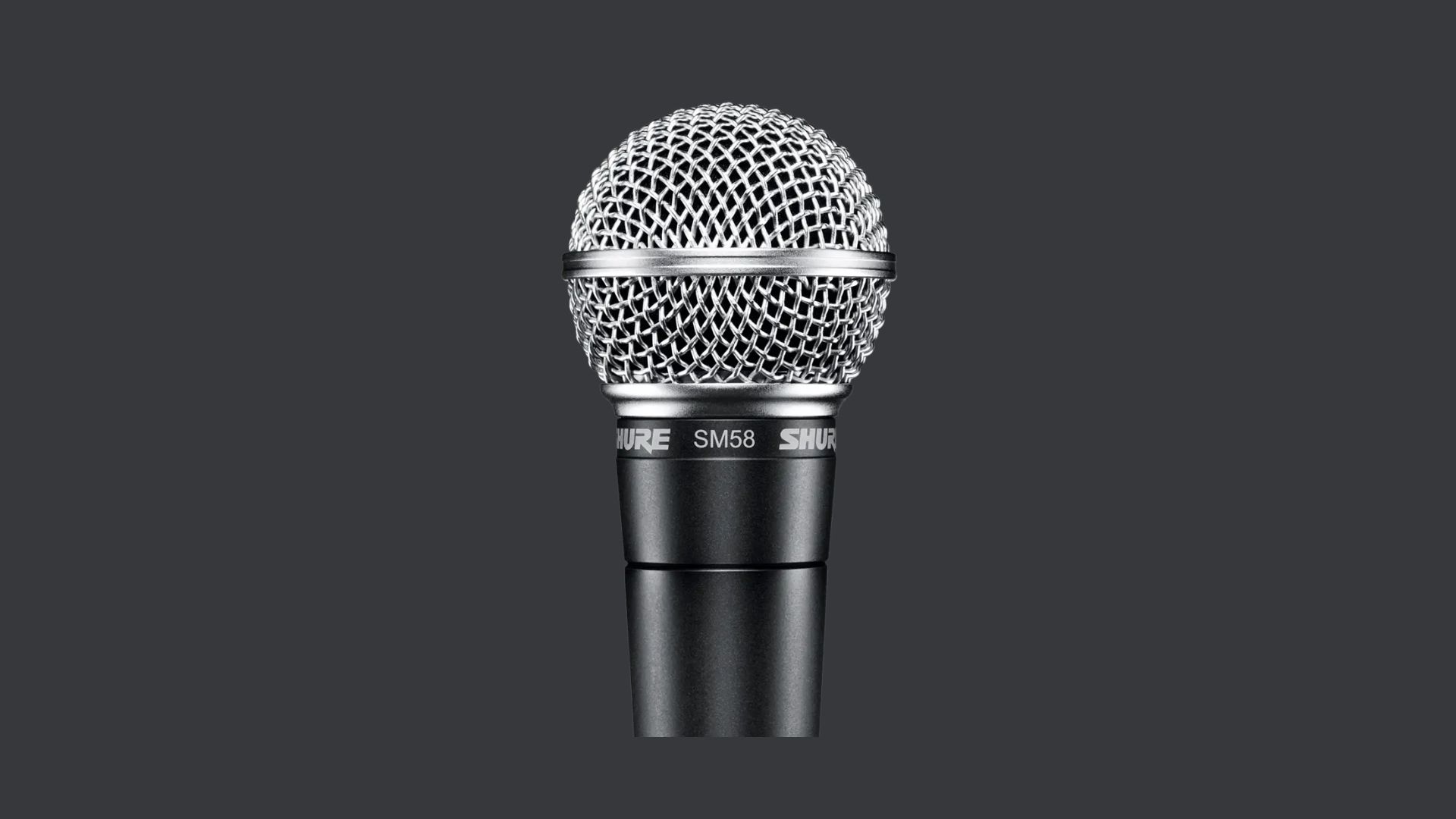
One of the most iconic mics of all time still happens to be one of the most affordable mics at only $110.
And it’s the best mic you can use for podcasting.
The Shure SM58 gives you a rich, full bodied tone with balanced mids and lower mids where the human voice really shines.
This is the kind of mic to use that will make you sound great without the need to spend too much time in post-production trying to boost vibrance, reverb and all the fancy prost-production effects we producers love to do.
There’s a reason why top performers like Justin Timberlake and Justin Bieber use this mic.
It makes you sound good.
Your voice range doesn’t matter: When you speak, everyone pays attention.
If you have a deep bass, this mic makes you sound clear and not muddy.
If you have a high pitched voice, this mic evens out those high frequencies so that you don't sound too shrill. Instead it tapers down your excessive highs and lifts your mids making you sound fuller and more balanced.
If you are a tenor, this mic was made with you in mind. Enjoy some crisp articulation and command attention with every word.
This is one of the top mics for a superior cardioid pick-up pattern for maximum gain.
Although most people consider this to be a live performance microphone, it was actually designed for studio work.
A mic like this will eliminate the immediate echoes that could otherwise muddle recordings made with a condenser mic. For the same reason, it works well for talk shows as well.
2. Rode PodMic: $97
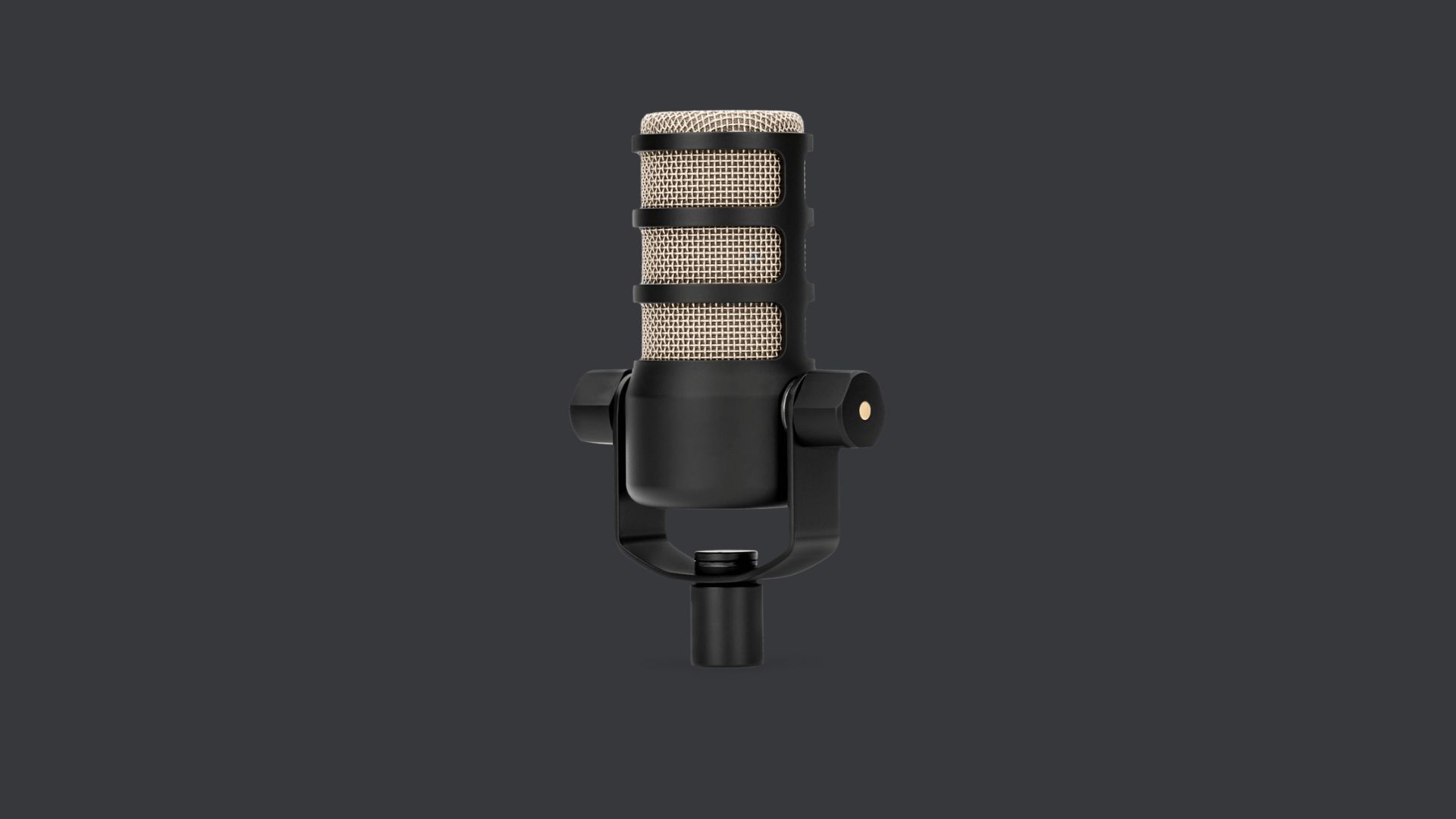
Rode really outdid themselves with this mic.
Sharp, right, warm - everything you need to make your vocals stand out!
The PodMic features an effective integrated pop filter that reduces plosives, making the microphone very forgiving to use.
It’s a simple yet stylish design, influenced by the Electrovoice RE320.
It comes in black with a silver grille, and measures 6.8 by 2.4 by 4.3 inches (HWD) and weighing in at an even 2 pounds.
The front-address mic sports a useful built-in swivel mount and the rear of the enclosure houses the XLR connection.
A pop filter and damping material sit behind the metallic grille. The dynamic capsule mic delivers a frequency range of 20Hz to 20kHz and records audio in a cardioid pattern.
Internal shock mounting reduces rumble and keyboard noises, and the dynamic capsule focuses on the sound of your voice, reducing room tone and other external sounds.
This mic uses a dynamic capsule with permanent polarization to capture your voice despite what you would think from appearance.
Even more remarkable is the same wide-frequency response we expect from condenser mics.
If you want a FLAT frequency response with solid, consistent presence, and no huge dynamic curve this mic is your best bet. Side rejection is also very good.
The best thing about the Podmic is that it stops plosives right in their tracks.
3. Shure SM7B Vocal Dynamic Mic: $399/-
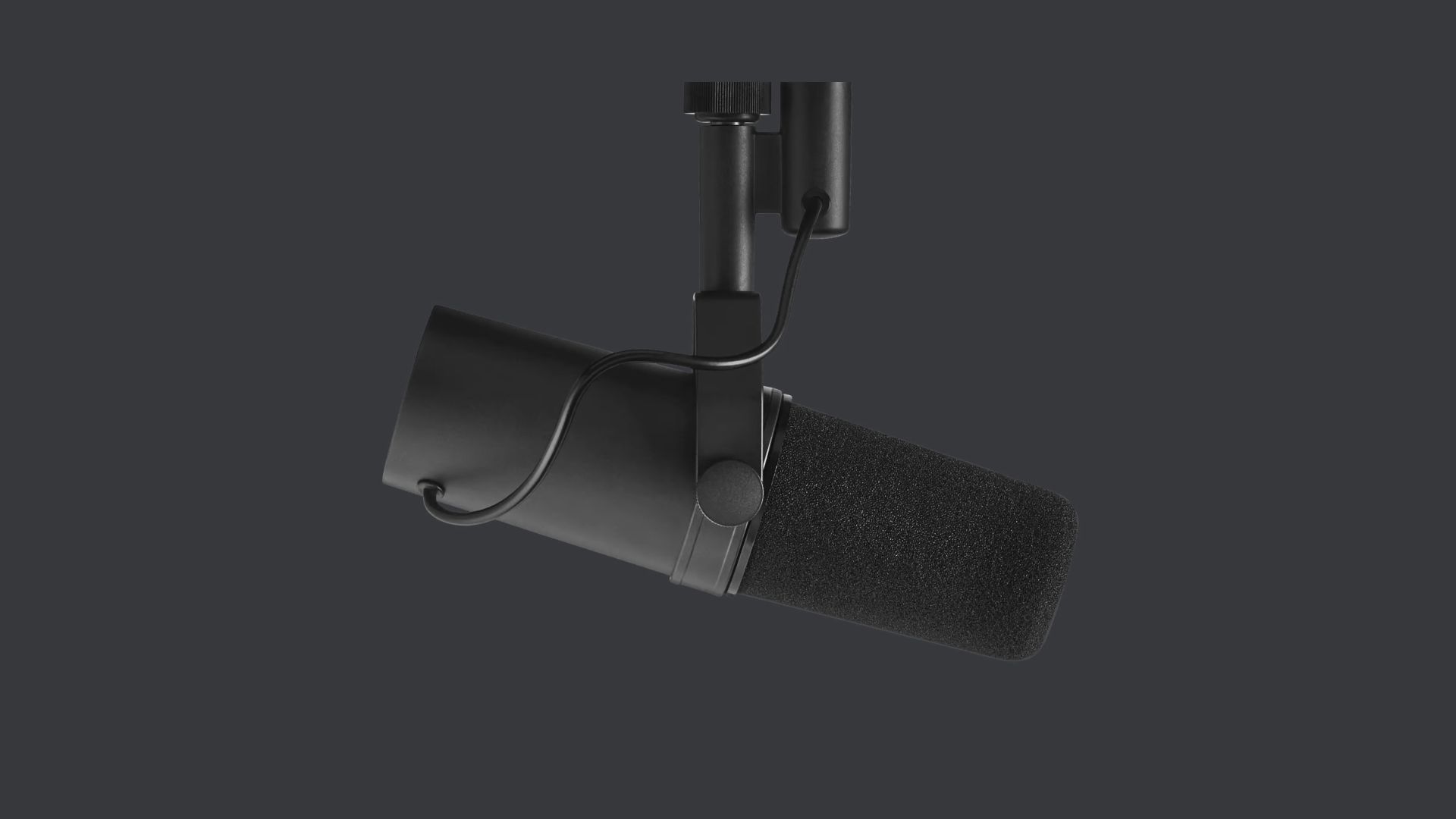
This XLR microphone has become the undisputed favorite for podcasters around the world, and it’s easy to see why.
Not only does it give you that rich radio broadcast voice, it also offers a level of compression, limiting and boost that makes your voice sound like those of your favorite On-Air presenters.
But then, what else would you expect from Shure?
They absolutely dominate the microphone market.
However, it’s pricey, and if you're getting started with podcasting there’s no need to go out of pocket on such an expensive mic considering that the Shure SM58 or 48 give you a comparable sound.
In fact, there is very little difference between the SM58 and this mic. The sound reproduction is practically the same.
The microphone's build quality is great. It's made of sturdy metal and feels strong and well-crafted. It has a standard XLR connection that is compatible with the majority of audio interfaces and mixers. The internal shock mount is a wonderful addition that helps to keep unwanted vibrations and noise away from the microphone.
The SM7B has excellent sound quality. It boasts a wide frequency response (50Hz - 20kHz) and a high-pass filter that aids in the elimination of undesired low-frequency noise. It also contains a mid-range boost option to improve the clarity of vocals and spoken word.
I can record high-quality, professional-sounding audio with this microphone.
The SM7B's capacity to tolerate high SPLs (Sound Pressure Levels) is one of its notable qualities. This means it can take high volumes without distorting the audio, which is perfect for recording music or anything else with louder sources. Its built-in pop filter and internal air suspension also aid in reducing popping and sibilance, requiring less post-processing on your end and saving time overall.
Overall, I would strongly recommend the Shure SM7B to anyone seeking a professional-grade microphone for streaming, gaming, podcasting, voiceover work, or music recording. It is constructed to last and will provide you with the greatest sound quality available, making it an excellent investment.
4. Electro-Voice RE320:
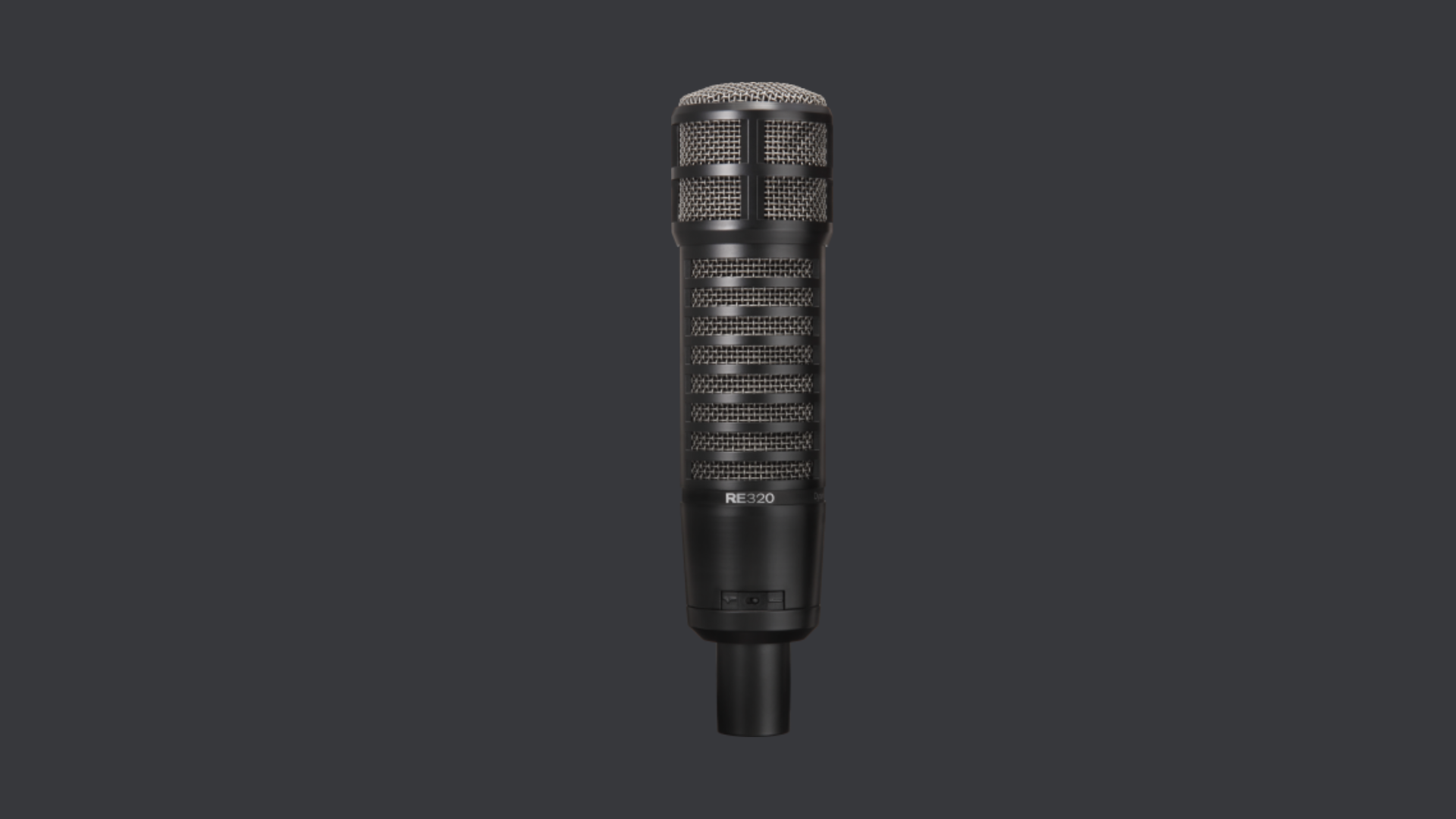
The Electro-voice RE320 is a large diaphragm dynamic microphone that is a legend in broadcast radio.
This is your classic FM sound with smooth, natural, and controlled sonic character. It almost denies the need for processing in post-production.
And it’s built to last.
If you love radio, you will love the sound of the RE320 dynamic cardioid microphone.
It’s one of the most iconic dynamic mics of all time, a mainstay in most radio stations.
I started my radio broadcast career with this microphone so my reasons for preferring this mic are pretty much clouded by sentiment.
Interestingly enough, its popularity also extends into music production as a premium grade instrument microphone.
The Variable-D design and heavy-duty internal pop filter excel for close-in voice work, while an internal element shock-mount reduces vibration-induced noise. The Steel case and hum-bucking coil provides exceptional magnetic shielding and guards against line hum.
Since its debut in 1968, the RE320 is easily the single, most-heard radio host’s microphone of all time, delivering a vocal tone that has become synonymous with the sound of the modern FM radio personality.
It’s crisp on the mid range where the human voice lives. Meaning it captures the excitement, enthusiasm and the sobering reflections of your voice in a manner that is hard to replicate with other vocal mics (perhaps maybe the SM58)
All in all, this RE320 is the absolute best for podcasts, voice-over work, audiobook narration, talk shows, sports announcers, radio, broadcasting, and music production.
If you have the budget and you don’t want to buy another mic ever again, this is it.
5. Rode Procaster: $227
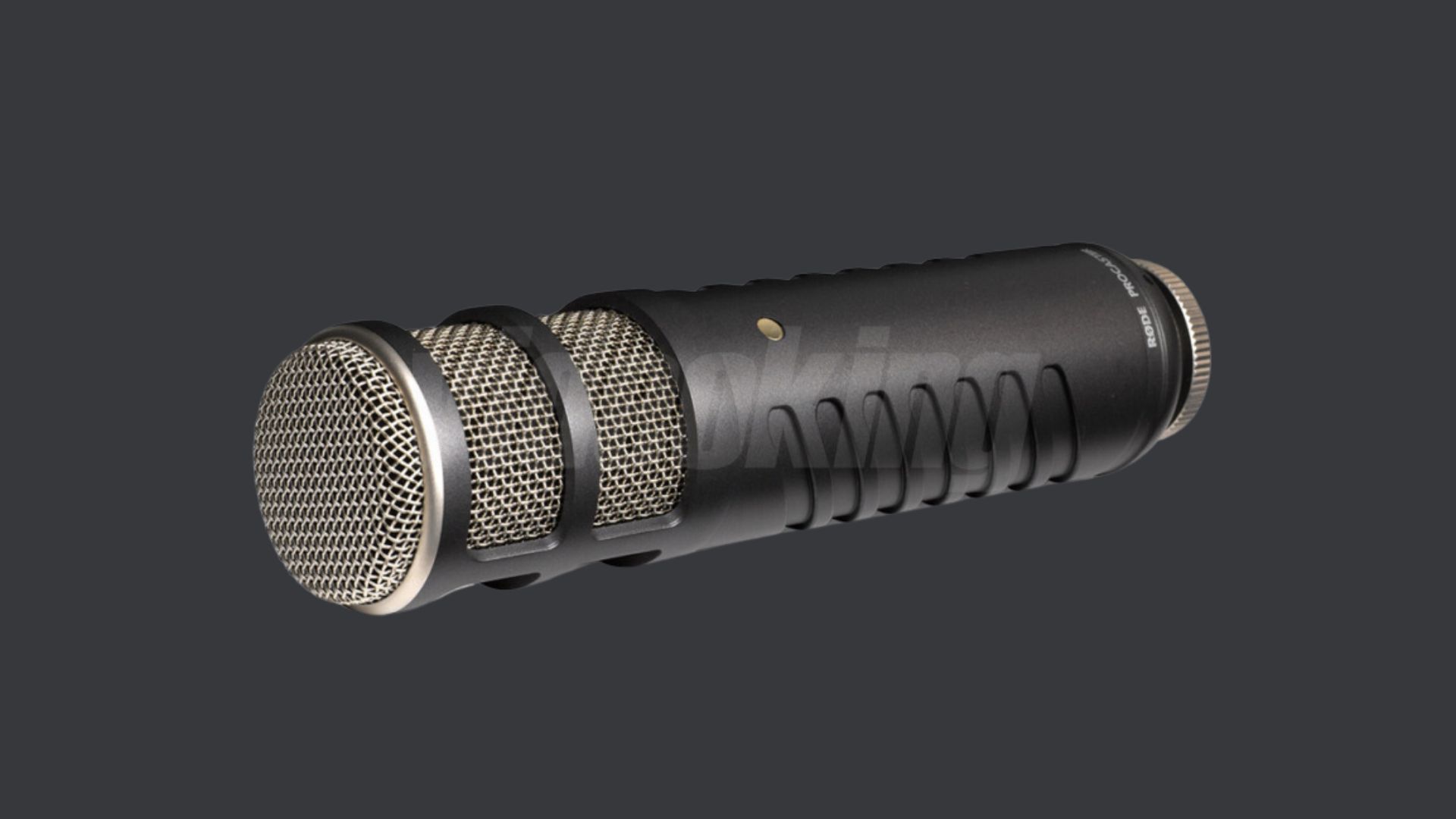
The Rode Procaster is an XLR dynamic microphone with a cardioid polar pattern and low self noise.
It’s a bit pricier than an entry-level microphone, but it’s worth it.
It won’t pick up much background noise, giving you a smooth recording. It has an internal shock mounting capsule for low handling noise, and does a great job increasing clarity of sound.
Designed as a no-compromise microphone for On-Air broadcast use, the Rode Procaster Broadcast Dynamic Vocal Microphone is one of the ultimate broadcast quality mics for podcasters.
The internal pop filter controls plosives, and its tight polar pattern helps to reject ambient noise.
Overall, the Rode Procaster is an excellent choice for anyone looking for a high-quality microphone for podcasting, streaming, voice-over, or music recording. It is well-built, easy to use, and offers excellent sound quality.
6. Behringer Ultravoice XM8500S:

For my money, the only worthy competitor to the SM58’s iconic status as the ultimate mic is this handy gem from Behringer.
The Behringer XM8500S continues to surprise me.
I’ve been using it for the last eight months and it delivers a rich, warm and full-bodied sound that I’ve only heard on the SM58.
Can you believe this mic is only $49?
Considering its performance, it should be at least 150
It provides an amazingly flat frequency response of 50 Hz to 15 kHz while incorporating a smooth mid-frequency presence rise for excellent voice projection.
It also includes a two-stage pop filter to minimize breath and pop noises.
What you get is a recording that sounds clear, fresh and bright.
It achieves this with a cardioid pickup pattern for excellent sound source separation and feedback rejection.
Whether you’re doing your podcast recording in your studio or on location, you’re going to get a recording that rejects unwanted sound and focuses entirely on bringing your voice to the spotlight.
It has an ultra-wide frequency response for brilliant and transparent sound
It’s cardioid characteristic minimizes background noise and feedback
And it comes with a shock mount system to cut down handling noise.
I love the integrated spherical wind and pop noise filter.
When Behringer said, “ the XM8500S just may be the only microphone you will ever need…” I thought they were exaggerating.
Now, I believe them.
7. Shure MV7X: $179
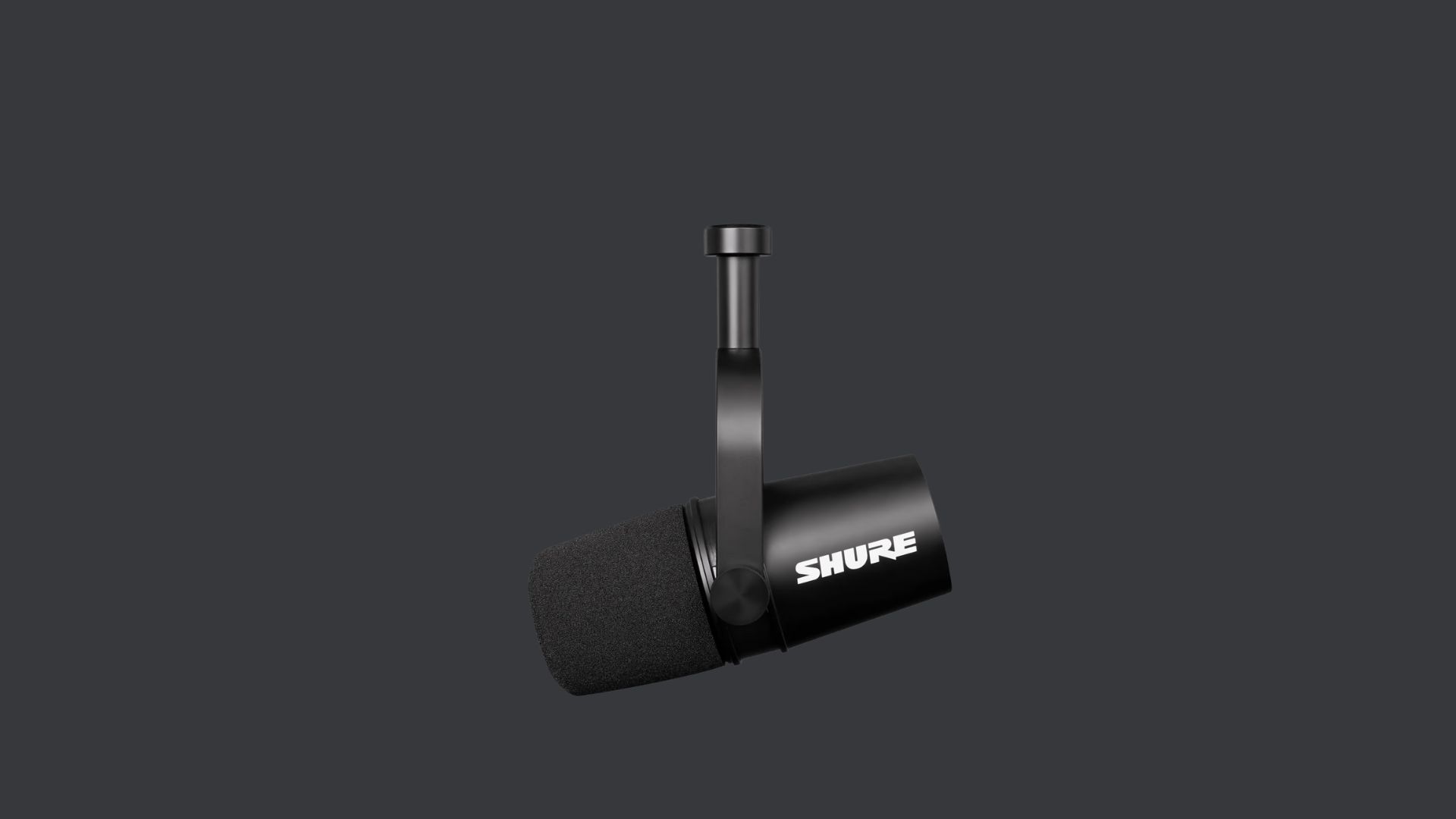
The Shure MV7X is the younger sibling of the similarly named but more versatile Shure MV7.
Like the MV7X, the MV7 is a dynamic microphone featuring the same impressive combination of dynamic cartridge, cardioid pick-up pattern and shock mount as the MV7 but it includes both USB and XLR outputs for plug-and-play use and creating backup files.
It also has a headphone jack for direct monitoring and an onboard touch panel for controlling the mic’s gain level and quickly muting it.
Your voice will be center-front in any recording and reject any unwanted background noise in rooms that aren’t sound treated.
The built-in headphone jack allows for zero-latency monitoring and the USB-C connector makes it easy to connect to computers and other devices. The microphone also has a variety of settings that allow you to customize the sound to your liking.
Interestingly enough, it comes with both a microUSB to USB-A cable and a microUSB to USB-C cable.
I personally like bulky mics and this mic certainly packs on some weight. That, for some reason, gives me the confidence that it is durable and will last a long time.
And while you need a cloud lifter with the SM7B, this mic will pack enough power to comfortably amplify your voice without additional support.
8. Elgato Wave DX: $89.99
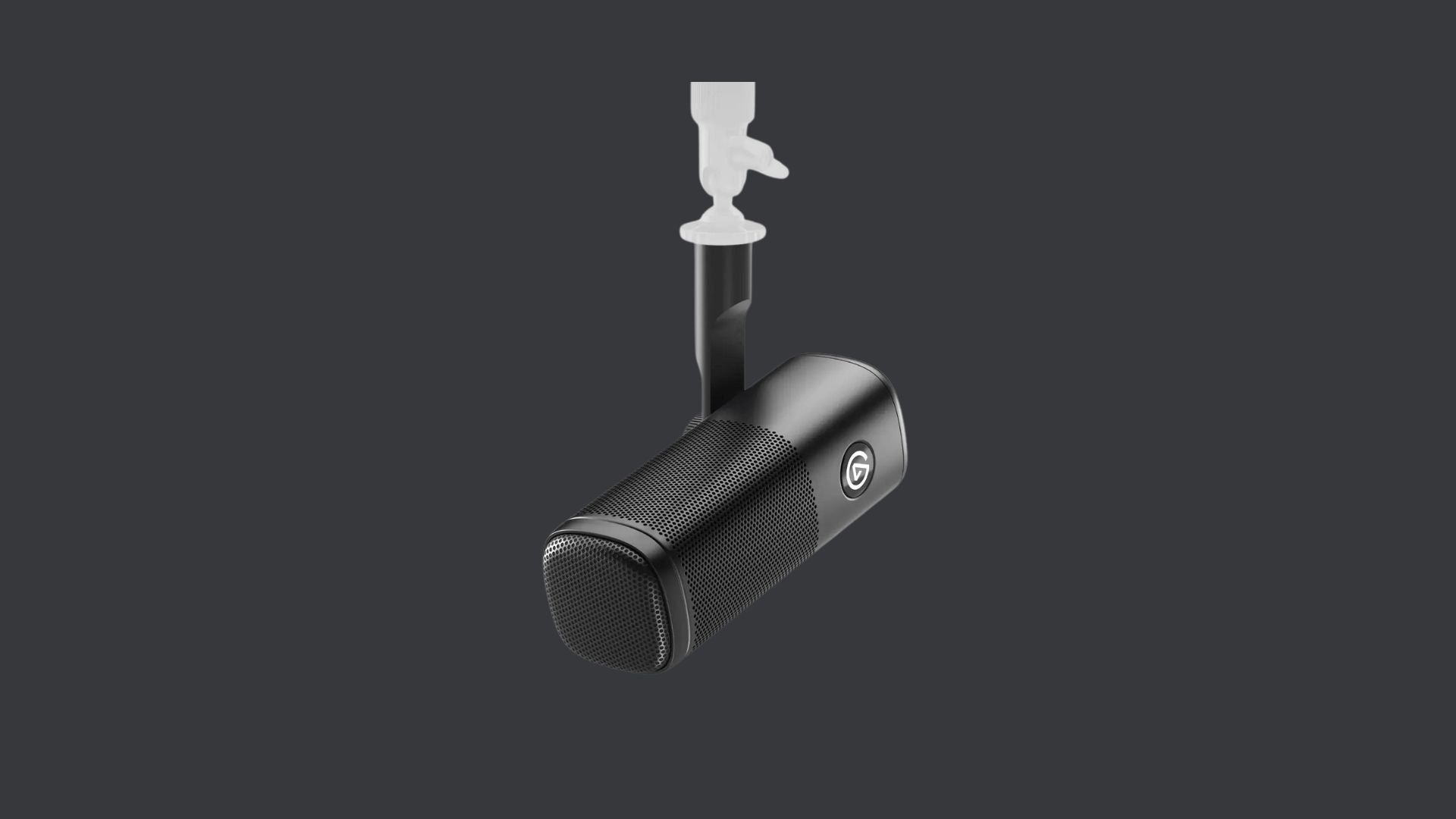
The current rave among the gaming community is the Elgato Wave DX microphone.
Gamers, like podcasters, need their voice to shine through in the midst of the sound effects, background music and all the action going on on their screens.
So, for me, it’s interesting to see the community opt for the Elgato War instead of sticking to tried and tested heavyweights like the Shure SM7B.
While the SM7B still remains one of the most preferred mics across all music ommunitie, the Egato Wave seems to have taken massive steps to firmly establish itself as the mic of choice.
And interestingly enough, podcasters are now taking notice.
Why?
Well, maybe it's because the Elgato Wave DX is positioned to be the next level for content creators stepping up from USB mics.
It comes with a whole suite of effects and software that makes sense.
Elgato have also defined some impressive hardware accessories like the Elgato low profile boom mic that imitate the trendy ones you find in broadcast radio studios.
So, any podcaster will immediately be attracted by this stylish look.
Podcasters are also inevitably going to think about live streaming, especially if you're thinking of video podcasts.
Elgato has an entire suite of solutions designed to make it a reality.
But let’s talk about the sound.
Like you would expect, it shines around the mid-range, and you get good articulation with the high frequencies. Overall, your voice sounds clear and crisp, not muffled or muddy.
It doesn't reject off-axis noise like the Sennheiser or the Behringer do. It also has a lot of handling noise, so it’s best to mount it and just let it be.
It’s formed like a capsule, so there’s a nice different look to it. It's the kind of mic that will keep you excited for years to come.
If you’re a tenor or alto voice, you’re going to be happy with this mic. If you're a soprano you may find your high frequencies slightly elevated prompting you to consider a substitute that gives you a more full-bodied sound.
The Wave DX works with any audio interface: No signal booster is required. It also has a cardioid polar pattern and a wide, forgiving acceptance angle for off-axis speaking.
It comes with a mono Swivel Mount and thread adapters are included.
You don’t need a cloud lifter with this mic and overall, the sound is clear and bright.
9. Sennheiser E945: $98
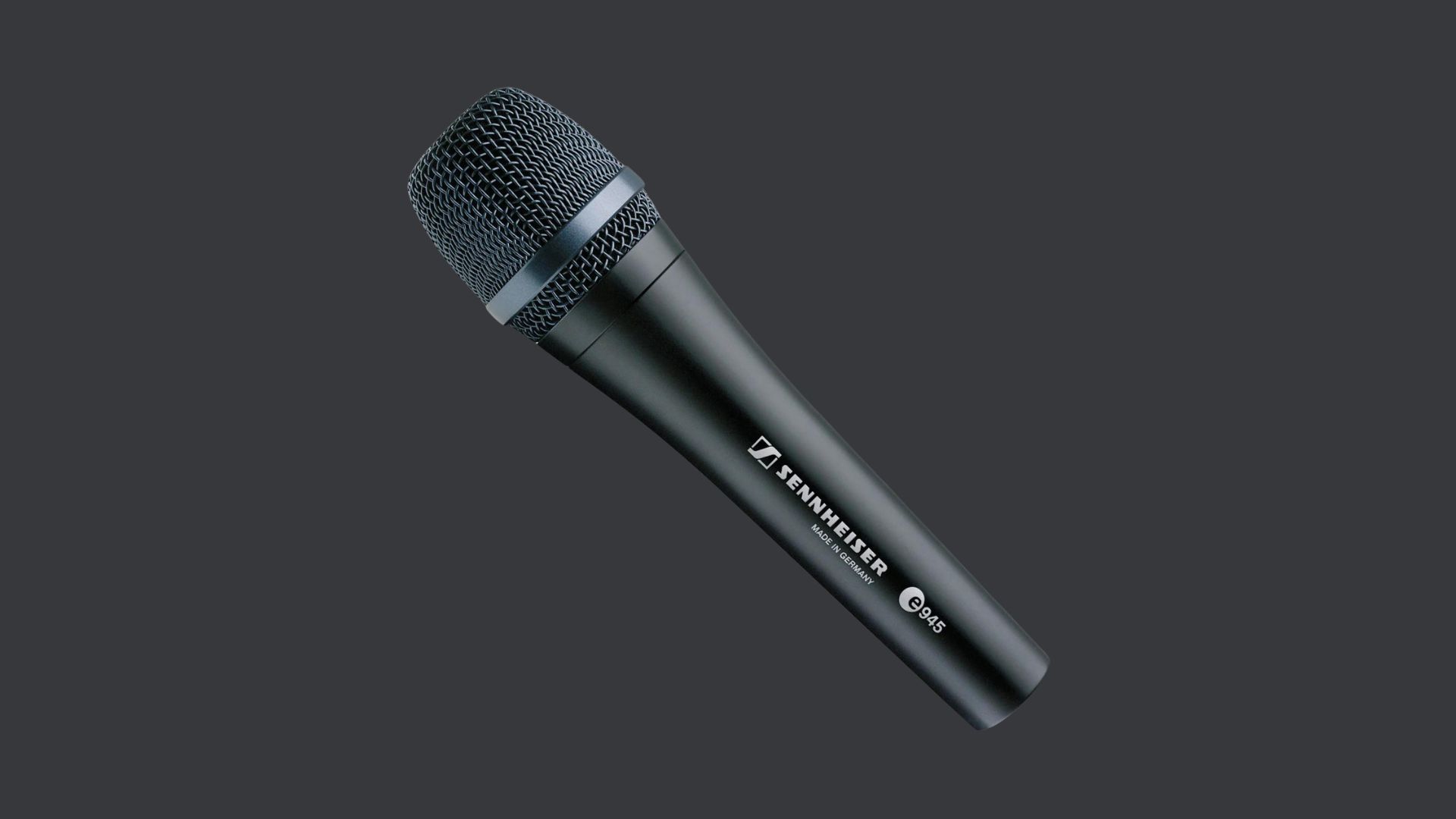
As a podcaster, you're going to be recording your podcast in an environment that isn't too well treated.
You’re going to need a dynamic mic that rejects most sound from around the axis, while concentrating pickup from directly in front of it, where you are positioned.
There is another angle to this: And that's choosing a super cardioid pattern mic that maintains clarity in the vocal range despite anything going on in the background. This is where this mic comes in handy.
While most of the dynamic mics in this round-up reject noise around them, this one has a narrower pickup angle.
The supercardioid pickup pattern, which is a little more restricted than the more common heart-shaped, cardioid polar pattern.
I’ve put it to the test, recording my vocals at the farm in the middle of the day with all sorts of noises from all directions - the farm workers chatting loudly, the cows mooing and the chickens clucking less than 4 meters away and it still rejected it all.
The only thing to note is that if the back of the mic faces somewhere or something that is noisy, like the fan on your desktop, it will pick it up.
It picks up a band of sound from the front, as well as a narrower band from the back.
Sound is rejected from the back and sides.
This makes it ideal for use on stage, where you can really isolate the vocals from other noisy instruments, and minimize feedback.
It’s also great for the studio when you have 2 or more singers or instrumentalists recording at the same time.
If you want excellent clarity in the mid range, this is the mic you should get.
In the past, I've steered clear from Sennheiser mics because of sibilance issues.
So I was pleasantly surprised to see this mic smooth out that high range that often makes the recording too shrill and still pack some low end to give your voice more body.
It’s still extra sensitive, making it more susceptible to plosives so it's still a good idea to cover the mic with a pop shield or a windshield on stage..
Alternatively, you can angle the mic very slightly to the side.
The E945 dynamic mic has a stated frequency response of 40 Hz to 18 kHz. This is a wide range, making it friendly for both male and female vocals or speech.
The mic comes in plain gray ( a little bland in my opinion) and the more stylish contemporary charcoal gray.
The main body is made of metal, and there’s a strong black metal grille protecting the top. The grille can be unscrewed, so that the foam insert can be removed for cleaning or replacing.
Inside the mic is a humbucking coil, which effectively cancels electromagnetic hum, ensuring a clean signal.
An elastic capsule suspension isolates handling noise, so you can hold the mic with the confidence that it won’t interfere with the sound.
The E945 has a strong neodymium ferrous magnet which ensures microphone stability in temperatures between 0° and 40° Centigrade.
It's built like a tank.
I've been testing this mic for the last couple of months, and while it's not my favorite (the SM58 is), if I’m in a very noisy environment and I still need to record my vocals, I use this one.
10. 512 Audio Limelight: $79.99
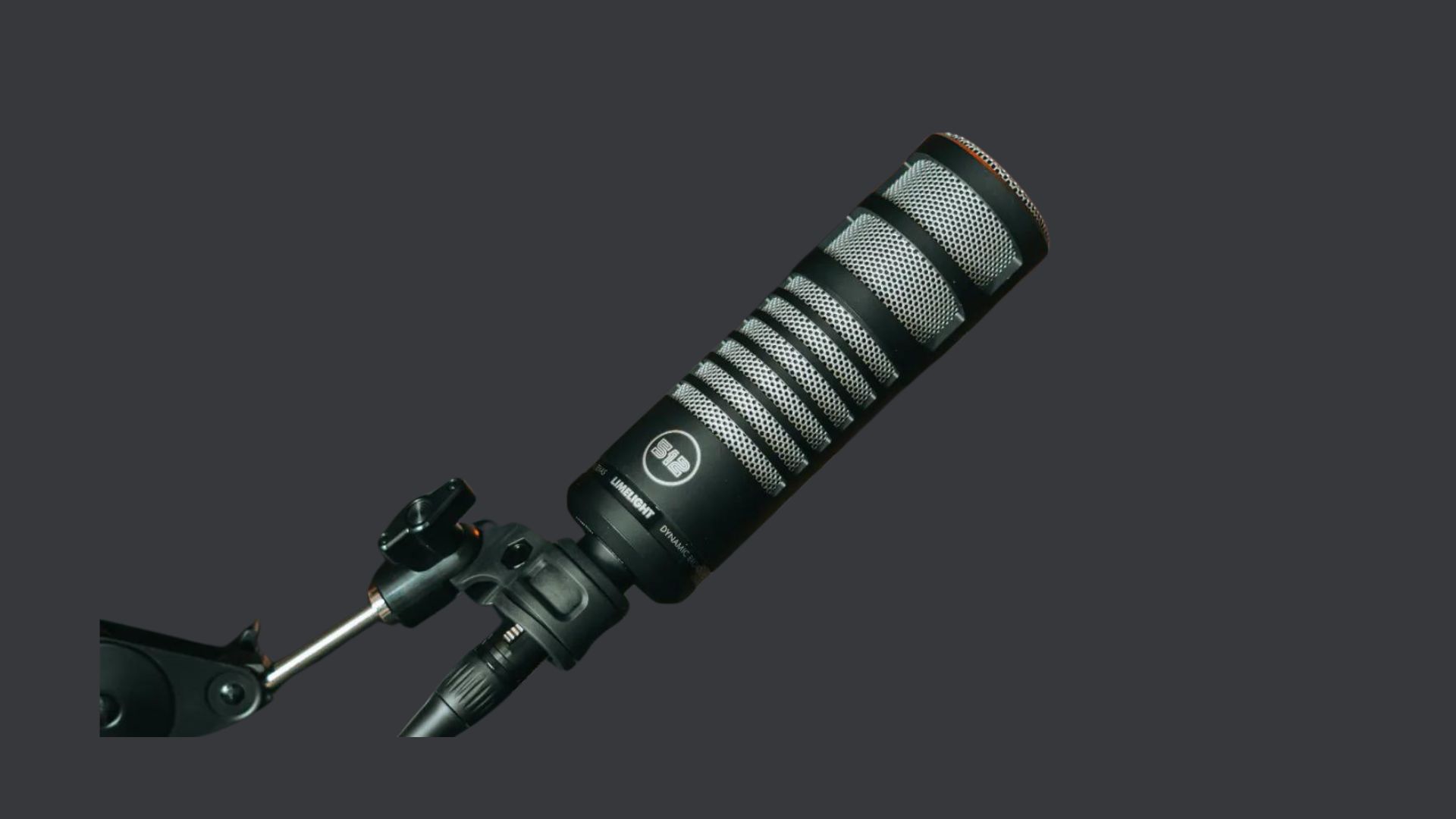
This 512 Audio Limelight is a warm sounding mic that will flatter your voice!
It’s one mic on my wishlist!
It’s custom-tuned for voice and speech, excelling at natural and clear audio for articulate expression.
The 512 contains a professional dynamic capsule that causes it to deliver smooth, rich broadcast audio at close range.
The Limelight features a tailor-made frequency response of 50Hz – 20kHz, sculpted for close-range vocal frequencies and designed to reduce the noise
It’s designed for creators, so it's great for podcasts, broadcasts, streaming, and YouTube.
With a focused, hyper-cardioid pattern, it creates a narrow pickup field that captures your voice and cuts out unwanted ambient noise.
You won’t experience many pops with this mic. The built-in pop shield and low frequency filter cut out intrusive plosives and unwanted low-end rumble for a clean, uncompromised sound.
Actually one of the reasons I want this mic is its unique tube-like sound. If you’re familiar with radio broadcasts in the past, you know the sound I’m talking about.
11. Zoom Dynamic Mic: $49.99
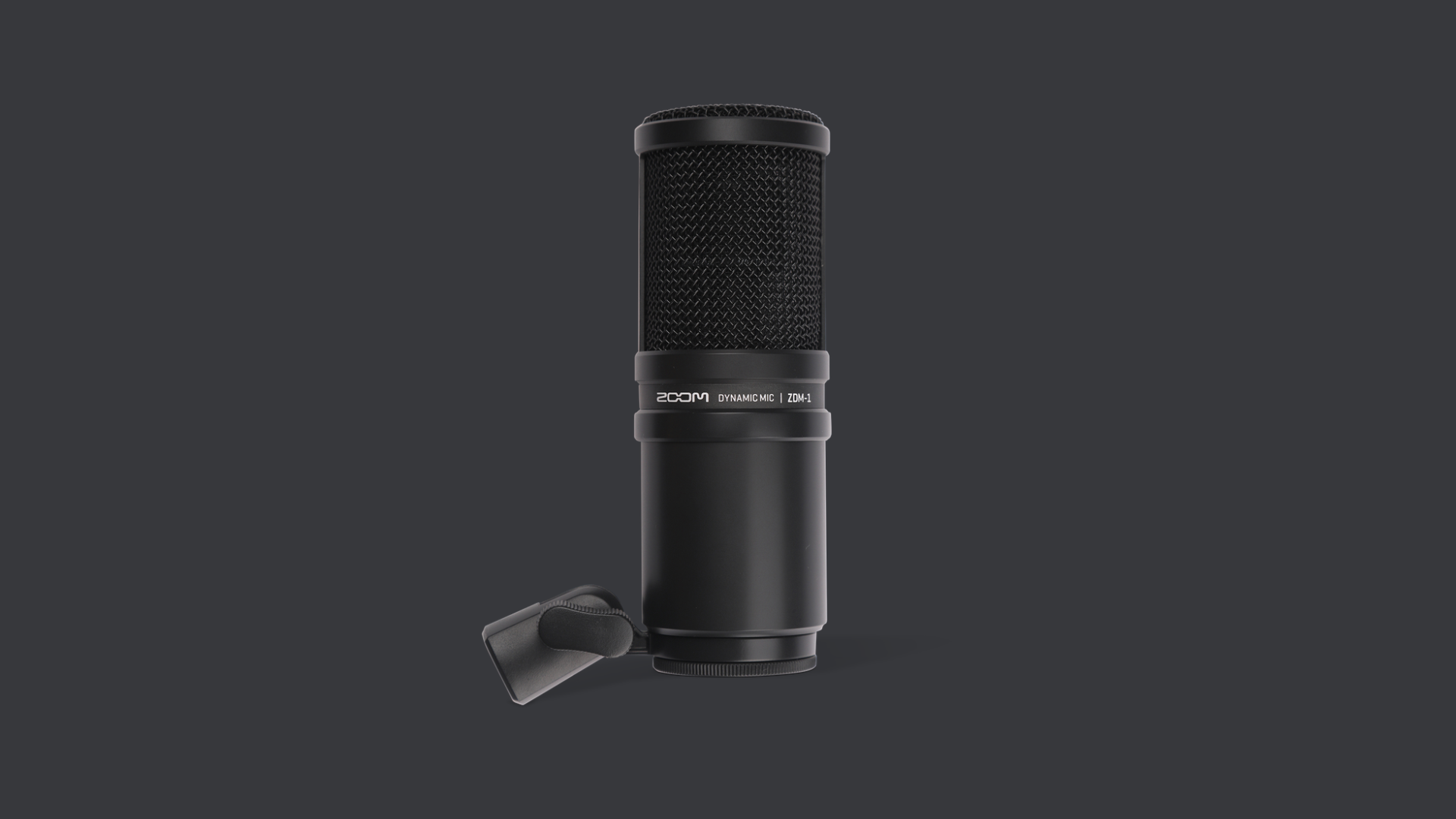
The ZDM-1 dynamic mic from Zoom is a large diaphragm ZDM-1 dynamic microphone with a supercardioid pickup pattern.
So, you can literally use it in any environment and still get a good vocal recording without much background noise.
When properly positioned, the ZDM-1 microphone sounds very good for human voice recordings at its ≈US$80 price point, but just as the saying says that a still photo is worth 1000 words, a 48-kHz audio recording is worth 48 thousand samples per second.
The ZDM-1 microphone has a higher output level than many other popular dynamic microphones. The ZDI-1 has a rated sensitivity of -54 dBV/Pa so whichever preamp is attached will have less work to do, whether it be a standalone preamp, an interface with built-in A/D (analog-to-digital) converter, an audio mixer, recorder or even a camera with an XLR audio input.
You can’t go wrong with the ZDM-1 Zoom Dynamic Microphone, and at $ 49.99, it’s the cheapest mic in this roundup.
It delivers smooth, natural tone with built-in noise protection and impressive sound rejection for clear, focused, broadcast-quality recordings.
12. Samson Q2U $69
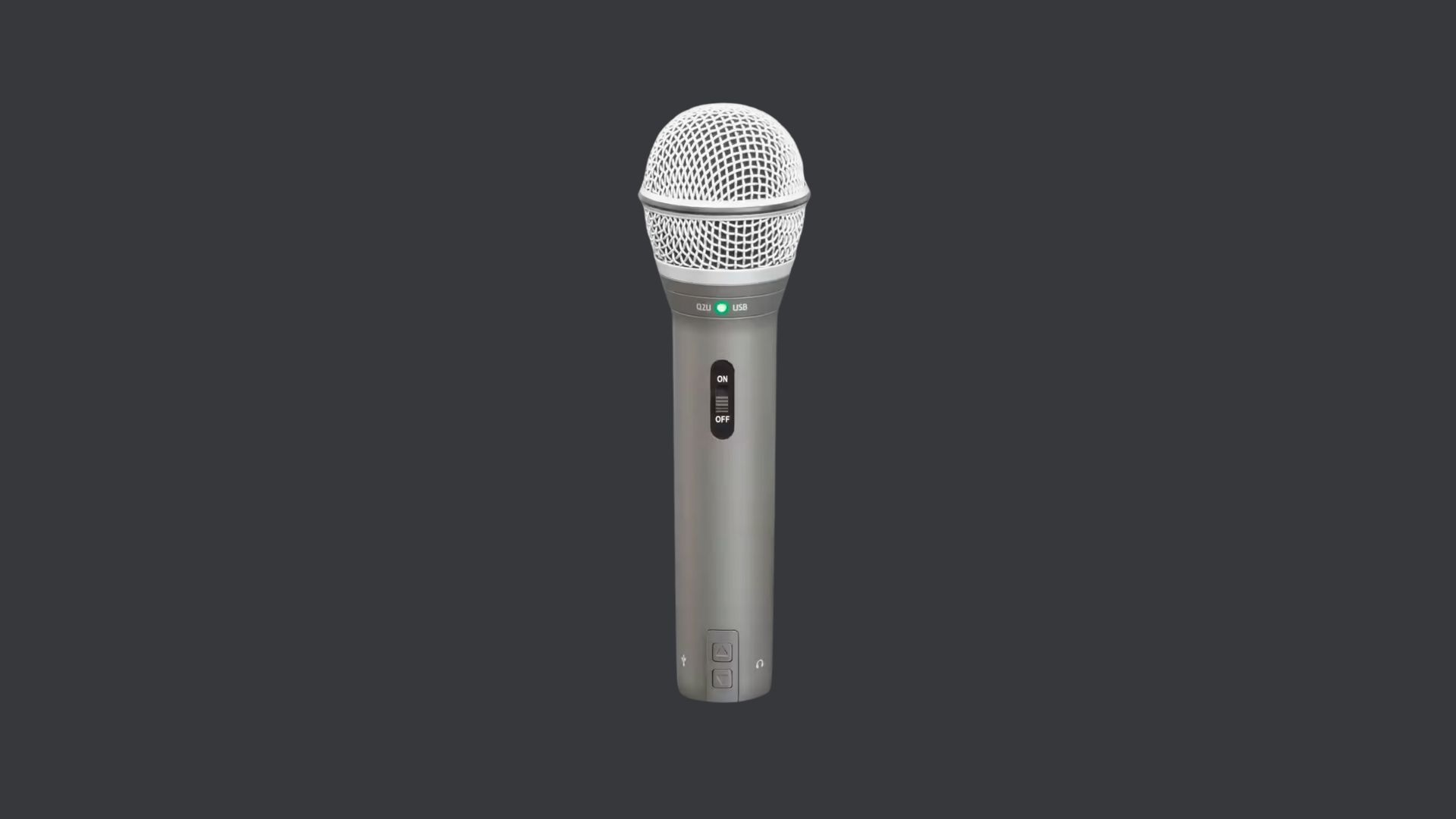
Quickly becoming podcasters and gamers favorite because of its warm rich audio interpretation, the Samson Q2U is affordable at only $69, and it has a bright, full pick-up of the mid frequency range.
It’s one of the top five most recommended dynamic mics for podcasters, not only because of price, but because of a well balanced signal across the highs, mids and lows.
If you’re just starting out in podcasting, get this mic.
It’s a dynamic mic with a cardioid polar pattern and a frequency response ranging from 50 HZ-15 KHZ with a recording bit depth of up to 16 bits and a sample rate of 44.1khz/48kHz
I know that sounds too technical. But it goes to show that this Samson Q2U is a great starter microphone. The cardioid pickup pattern picks sound from in front of the microphone, rather than the side and rear, so set it up in your living room and press record.
The other key reason why it’s popular with podcasters is that it’s both XLR and USB, meaning you can start out by plugging it into your computer, but can also use XLR cables for a professional recording.
13. Shure SM57
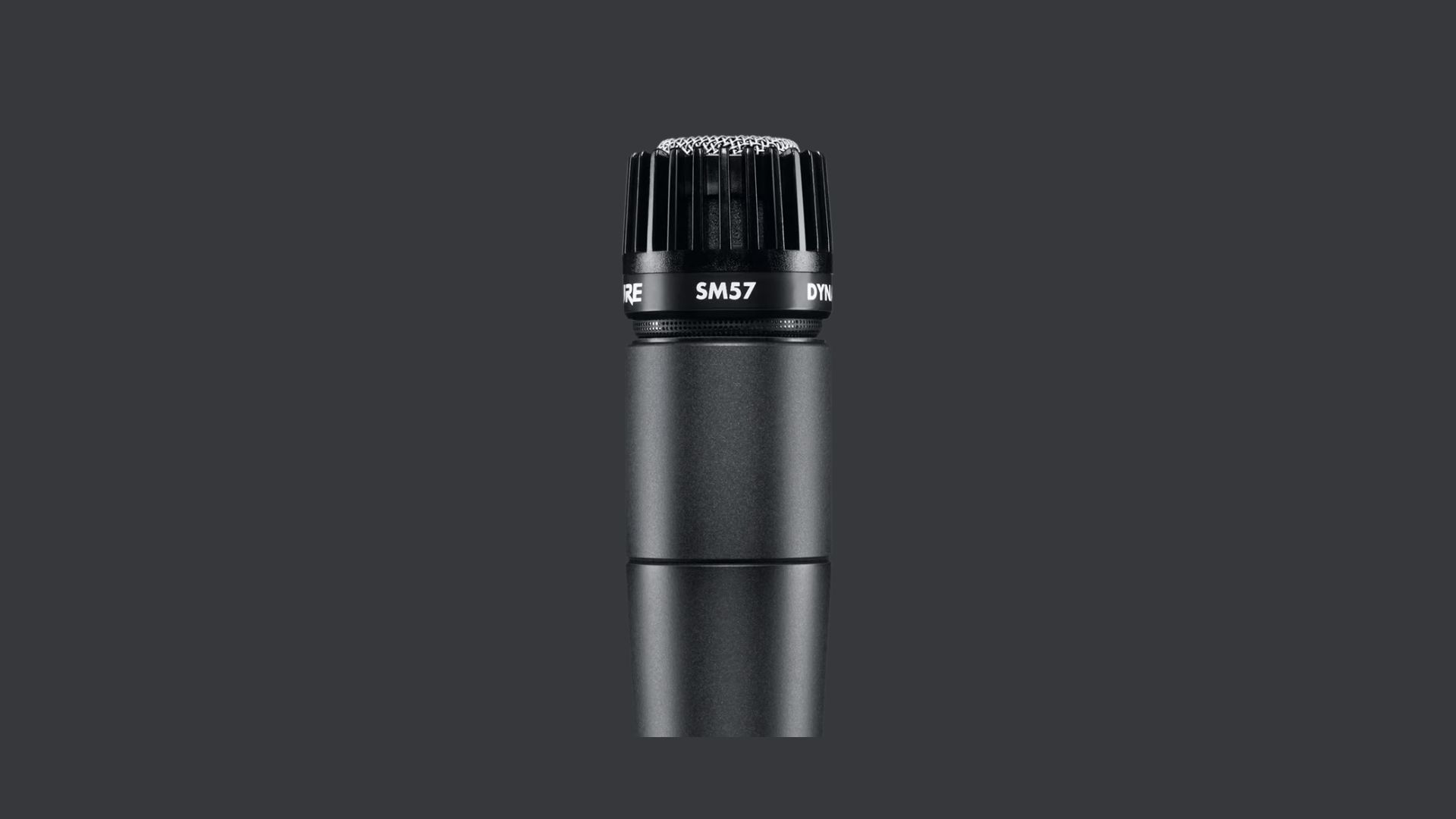
Like you would expect from Shure, the SM57 delivers high-quality vocal reproduction and is quite similar in pickup patterns to its more popular SM58.
The Shure SM57 is usually used for high transient sounds like snares, guitar cabs and brass
However, some podcasters and music engineers actually prefer the SM57 over the SM58, that’s mostly because of the increased proximity effect – and 5KHz frequency boost – that can be used to the engineers advantage with certain vocalists. The main difference between both mics is the grille.
The SM58 was designed for vocal applications, and therefore uses a ball grille with built in pop filter to eliminate plosives. The SM57 is designed as an instrument microphone, where a smaller grille size is more practical and plosives are less of a concern.
As far as pick-up of the lowest bass frequencies and high frequency rang, the SM57 does it all without sounding shrill and sharp.
Again, probably the most defining feature of this mic is its ability to make you sound balanced and warm, despite your vocal range.
This is thanks to a tailored frequency response and brightened midrange for clear and present vocals.
The uniform cardioid polar pattern reproduces every note as it was intended, delivering warm, crisp sound time after time.
It’s spherical mesh grille and built-in pop filter keeps any unwanted noise out of the mix. The durable construction and break-resistant stand adapter makes the SM57 the perfect companion on the road, going strong through the toughest performances.
14. Shure SM48.
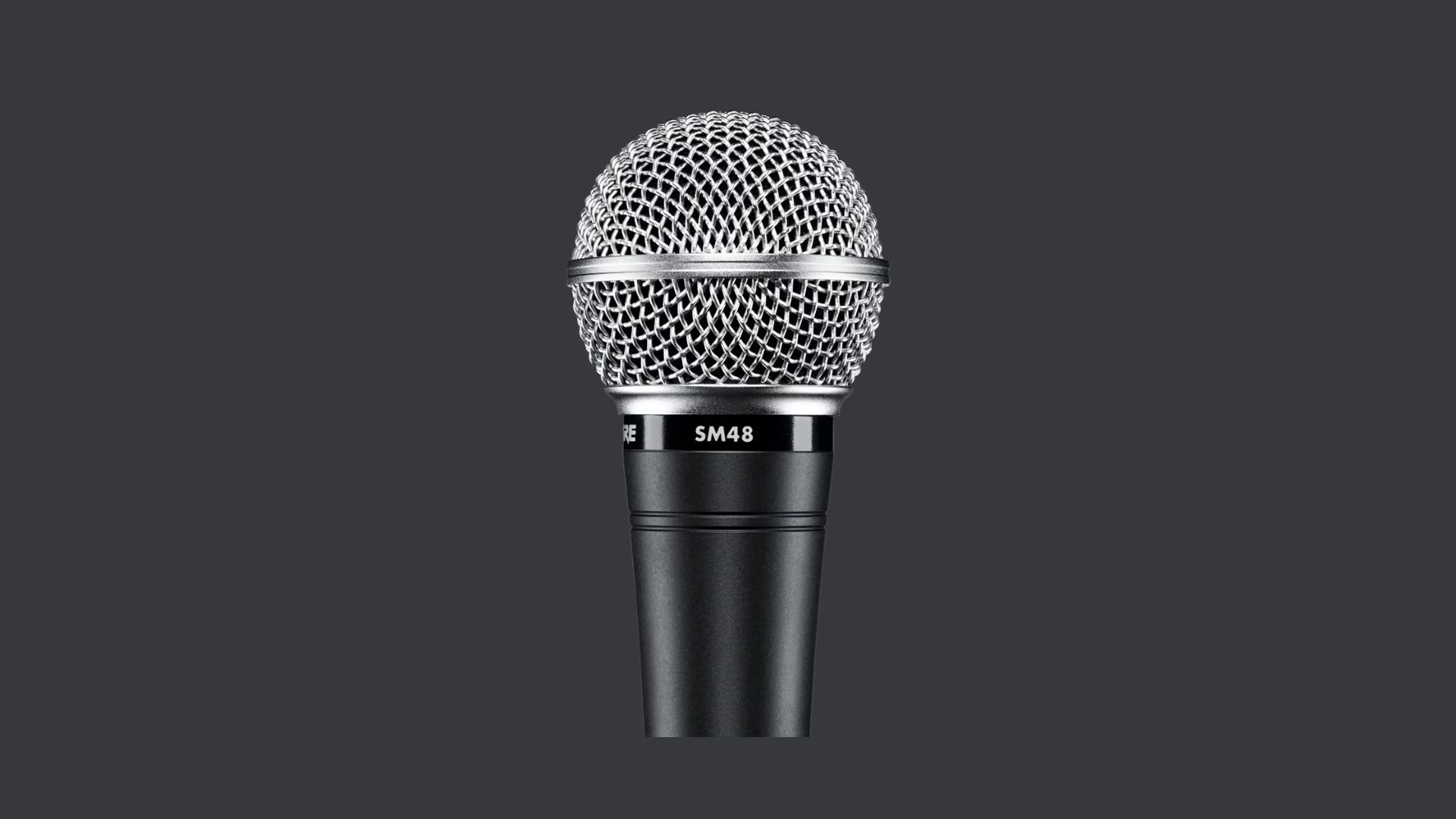
The Shure SM48 vocal microphone features a unidirectional (cardioid) dynamic design, well suited for lead vocals, backup vocals, and spoken word applications.
The microphone features an internally shock-mounted cartridge, a steel mesh grille, and an internal pop filter for mitigating plosives.
The durable construction can withstand the rigors of on-the-road wear and tear.
The SM48-LC is designed to perform consistently both outdoors and indoors, and when used for singing or speech applications.
The microphone includes a microphone clip and a zippered pouch.
The cardioid pickup pattern rejects off-axis sound and provides superior gain before feedback.
The frequency response tailored for vocals, with brightened midrange and bass roll-off to control proximity effect.
It has a shock-mounted cartridge for exceptional ruggedness and reduced handling noise and a built-in "pop" filter that reduces plosive breath sounds and wind noise.
In Closing
So, which dynamic mic would I settle for?
I guess it all depends on sentiment, application and budget.
There’s very little to separate the boys from the men on this list.
That said, I’d definitely have the Electrovoice RE320 and the Shure SM58 as my main vocal mics and the Behringer XM8500S as my backup mic in my studio.
All these mics are good, and are customized to different voice profiles. So the first step would be to understand your specific vocal profile and that will determine your choice of mic.
If you’re a gamer and a podcaster, you’re on the right footing with the Elgato Wave DX and a Shure SM7B.
If you want a more traditional radio broadcast sound to your productions, the Electrovoice RE320 is perfect. If that’s too pricey for you, then start off with the Samson Q2U.
If you want to command attention from the start, the SM7B and the SM58 are your best picks.
If you want warmness and articulation to come to the forefront, choose the Sennheiser E945.
Now that you know, go on and create content!
Happy podcasting!


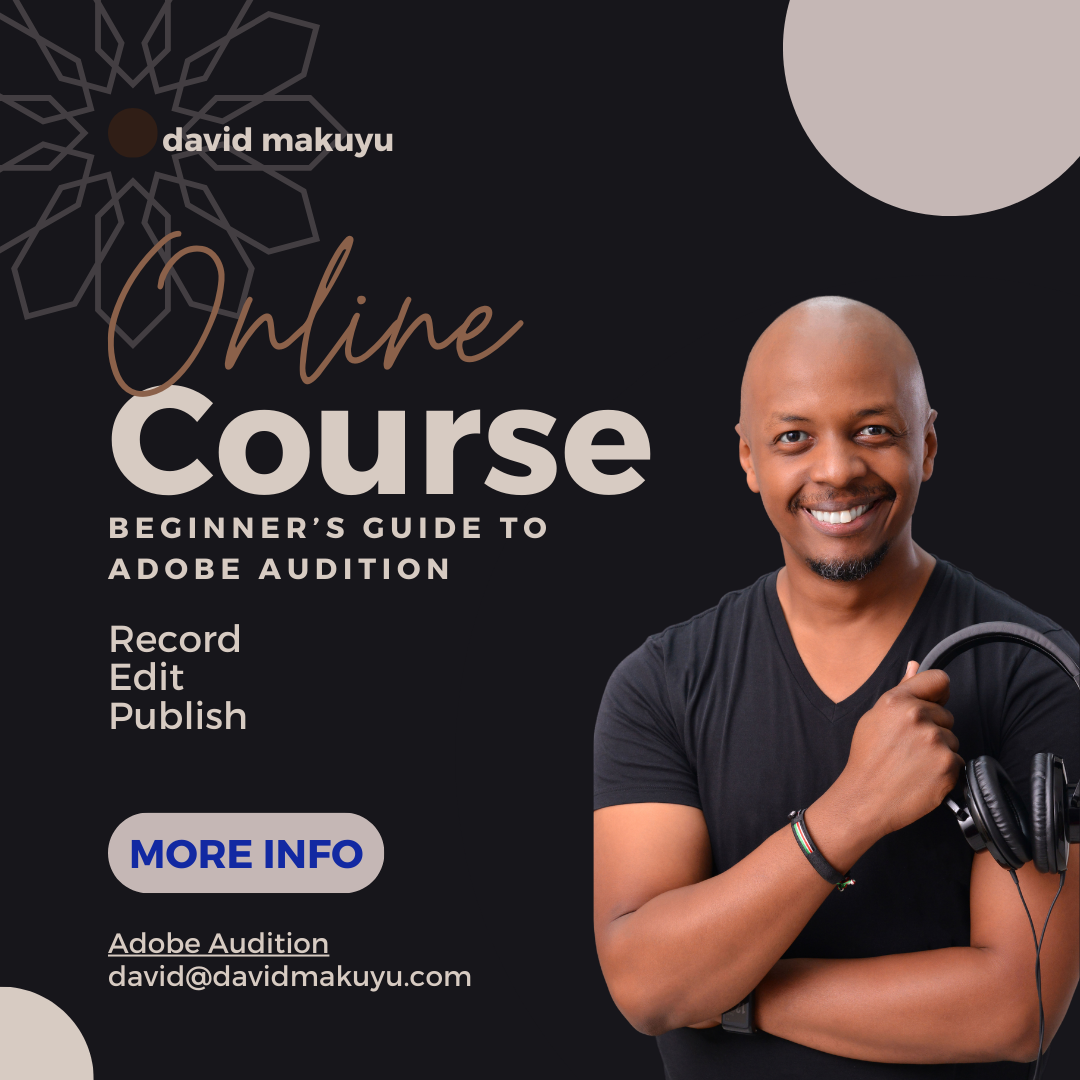
Leave a Comment: